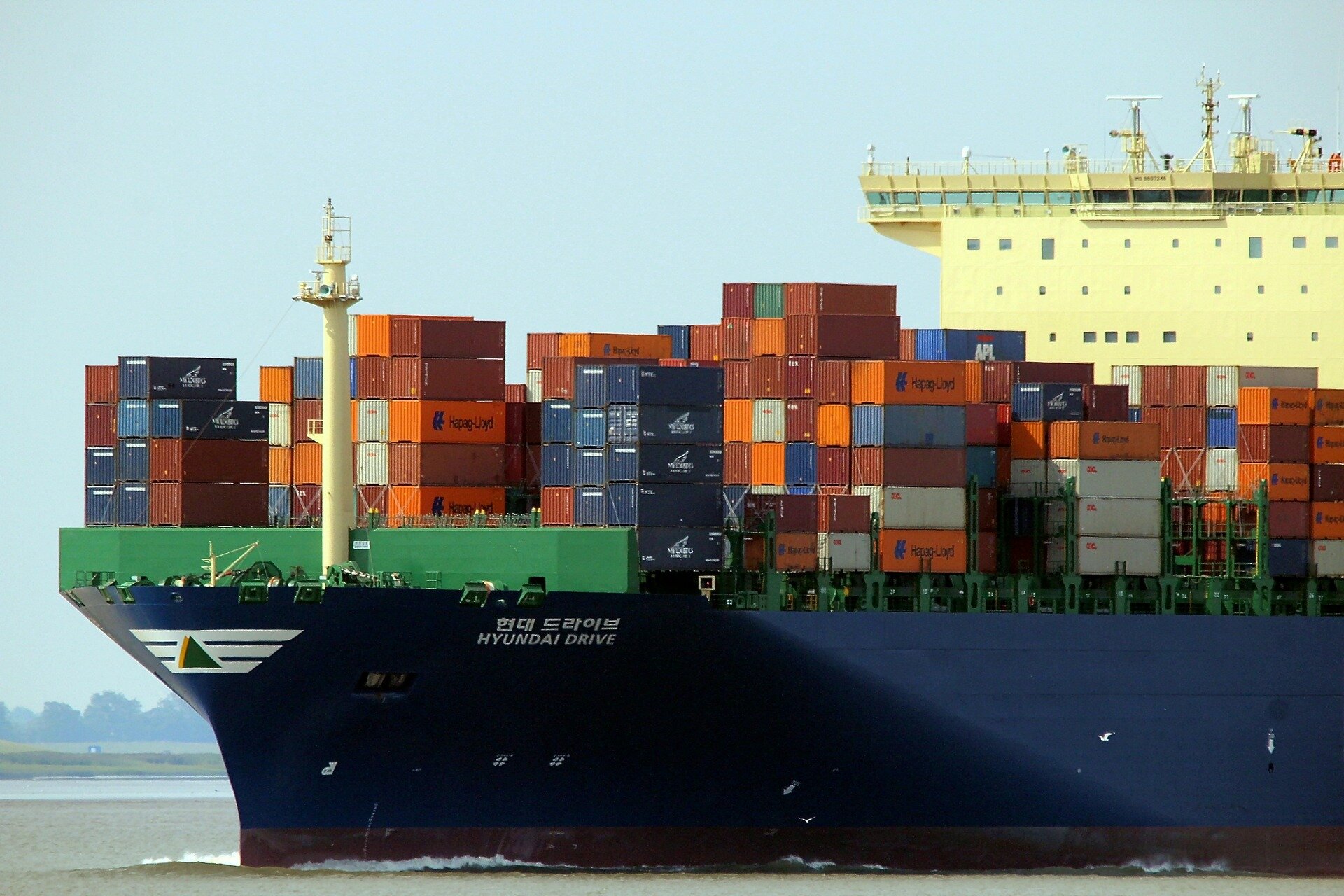The disruption in the global supply chain that caused shortages in everything from coffee to automotive parts to computer chips beginning in mid-2019 will be around for at least a few more months, according to most experts.
Texas A&M University logistics scholar Madhav Pappu agrees, but offers the following advice: “We should not assume the sky is falling.”
“Like Chicken Little, we don’t want to end up in the fox’s den,” he said. “Instead, we should look up to get a clearer view of what’s going on now and what’s likely to be ahead.”
The supply chain—the flow of products from raw materials to manufacturing and distribution to end users around the world—is intricate and fragile, with a setback at a single point causing a ripple effect throughout the entire system. The COVID-19 pandemic, which caused worker shortages, production slowdowns and distribution bottlenecks, brought home this reality to millions of consumers around the world.
Pappu, who teaches in the Mays Business School’s Department of Information & Operations Management and consults with Fortune 100 and other companies on supply chain strategies, predicts the “new normal” will bring several changes for consumers.
“Companies, especially in the United States, have made enormous strides in automation and efficiency in recent decades, and this will continue,” he said. “In fact, good companies are using this crisis as an opportunity to increase their competitive advantage.”
Pappu said many business executives are moving away from the “just in time” lean manufacturing processes that have prevailed in recent decades, which keep inventories to a bare minimum, and back to a “just in case” model where excess inventory is built in. Similarly, they are looking for ways to bring manufacturing back to the United States or otherwise shrink distribution distances.
“An example of how companies are betting that the United States will continue to lead in technology and innovation is Samsung’s plan to build a $17 million computer chip manufacturing plant in Texas,” he said. “This means we won’t have to depend as much on foreign manufacturers, which simplifies distribution.”
In addition, Pappu believes the contrast between retail behemoths like Amazon, Walmart and Target and smaller, local stores will continue to increase.
“Amazon and the others will grow even larger, and despite the inflation we’re seeing, they will probably keep prices relatively stable, at least for the foreseeable future, to further encourage growth,” he said. “Meanwhile, smaller stores will either fold or will stay competitive by finding a specific niche.”
Pappu also expects larger companies to implement drone and other technologies to keep pace with consumer demand for quick deliveries.
“I think we’ll also see online pricing tailored to individual shoppers based on their purchase history,” he said. “More companies will focus on value to consumers, not cost, as they set their prices.”
For example, Pappu noted that Fed Ex and other delivery services historically have charged significantly more to deliver an item overnight than in two or three days.
“It doesn’t cost them more, and they don’t have to change how they do things to offer this,” he said. “They just move your item from the back to the front. But that creates value that customers are willing to pay for.”
Finally, Pappu foresees more mass customization of products in the United States.
“Businesses can drive down costs by buying huge quantities of a product, while also increasing their profits by letting the buyer customize the product,” he said, citing shoe giant Nike, which gives shoppers many options for individualized colors and styles.
Similarly, Pappu is hopeful that the United States will follow countries like Germany and Japan, where more than half of all cars sold are individually customized and shipped directly to the buyer.
The bottom line, Pappu said, is that businesses are developing and implementing post-pandemic innovations to get goods in the hands of customers. In the meantime, customers should not panic if they see a few empty shelves in stores for a few more months.
“There’s no need to stockpile items that are plentiful and made by lots of different companies, like soap,” Pappu said. “Your favorite brand might not be available, and you might grumble, but you still have soap. To blindly follow someone who does stockpile is to be like Chicken Little.”
Shortages and empty shelves: How the supply chain became so fractured
Citation:
What consumers can expect of the global supply chain (2022, January 10)
retrieved 11 January 2022
from https://phys.org/news/2022-01-consumers-global-chain.html
This document is subject to copyright. Apart from any fair dealing for the purpose of private study or research, no
part may be reproduced without the written permission. The content is provided for information purposes only.
For all the latest Science News Click Here
For the latest news and updates, follow us on Google News.

